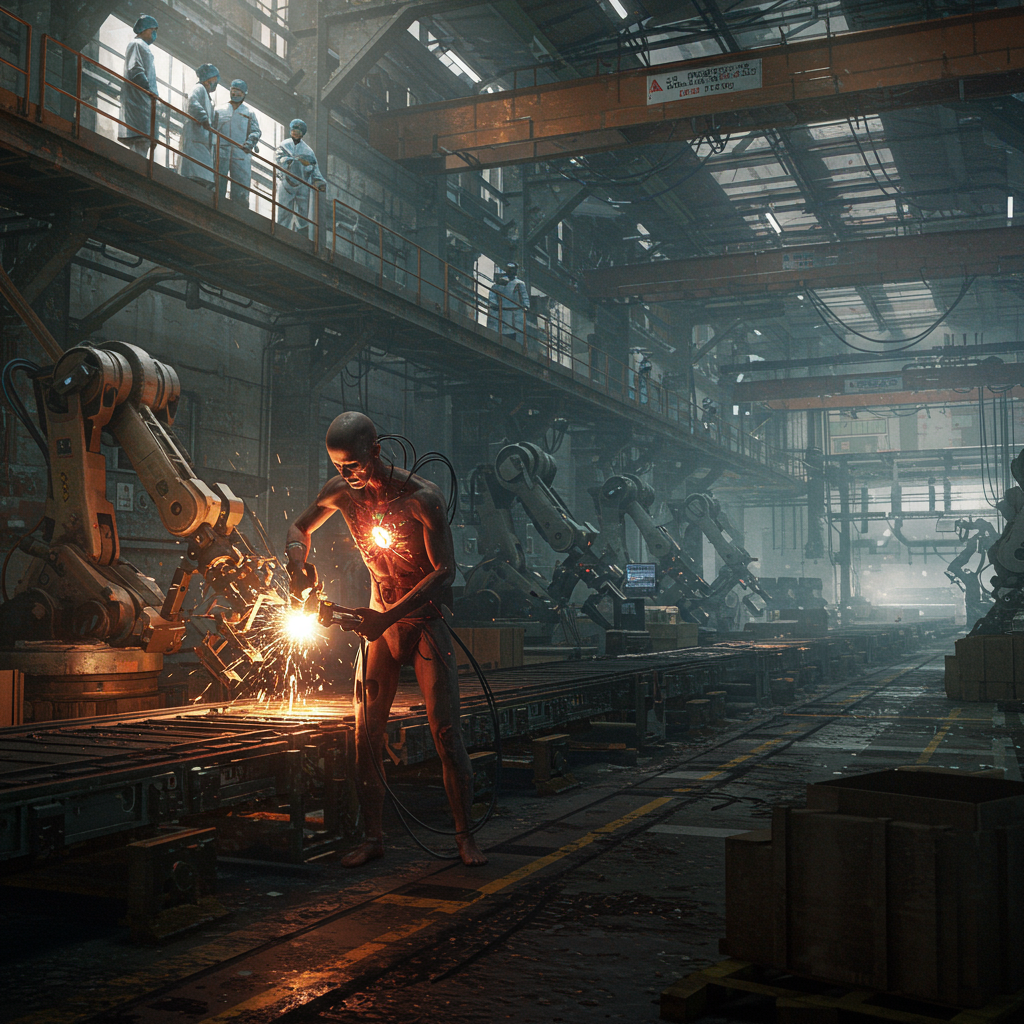
Alright, so everyone's got an opinion on AI these days, right? But I wanted to share something interesting. There's this new poll – I saw it the other day – that surveyed over 4,200 AI researchers from University College London. Apparently it's the biggest survey of AI folks *ever*. I mean, that's a lot of brainpower we're talking about.
There's a small catch. It was done *before* all the real craziness of the past few months with the new reasoning models. Still, gives us some valuable insights, you know?
So, generally, the researchers were either optimistic or neutral about where AI is headed. 54% said AI has more benefits than risks. About a third thought the benefits and risks were pretty even, and only a small chunk – 9% – believed the risks outweigh the benefits. Think about that. The people *building* this stuff are mostly pretty positive about it.
Let's dig a little deeper, though. What are they actually excited about, and what's keeping them up at night? On the bright side, they see huge potential in making education more accessible (75% cited this). I can totally see that, right? Imagine personalized learning experiences powered by AI, available to anyone, anywhere. Sounds amazing. They also think AI will make jobs easier (72%) – think automated tasks, better tools, less grunt work. And improved healthcare (57%) and easier household tasks (55%) were also high on the list.
But then there's the flip side. The researchers are seriously worried about misinformation and fake news (77%). This is huge. Deepfakes, AI-generated propaganda…it's a real threat. They're also concerned about our personal data being used without our consent (65%), which is totally fair. Think about all the data these AI systems are trained on… it's a privacy nightmare waiting to happen. Cybercrime (59%) is another big concern, and also AI potentially reducing social interaction (47%). That last one's interesting. Are we going to become glued to our screens, interacting only with AI assistants? I hope not.
Okay, so what does all this mean for *us*? Well, it tells me that we need to be proactive. We can't just sit back and wait to see what happens. We need to be smart about how we use AI – both for personal growth and in our businesses.
Like, what if you're in marketing? You can use AI to analyze customer data, create personalized content, and automate your campaigns. It's like having a super-powered assistant that never sleeps! You could take the AI risk of spreading misinformation to create targeted campaigns designed to engage with customers on a personal level to educate them about your brand. Just keep an eye on the ethical considerations, because with great power comes great responsibility, right?
Or if you're a freelancer, AI can help you find new clients, manage your projects, and even write proposals. It's all about working smarter, not harder. Use AI tools to research potential leads and generate compelling sales pitches. The AI risk of using personal data without consent? Use publicly available sources of information about companies and only send emails to general addresses.
The key takeaway? AI is a tool, and like any tool, it can be used for good or for bad. These researchers are optimistic for the most part, but they also see real risks. It's up to us to make sure we're using it in a way that benefits everyone.


